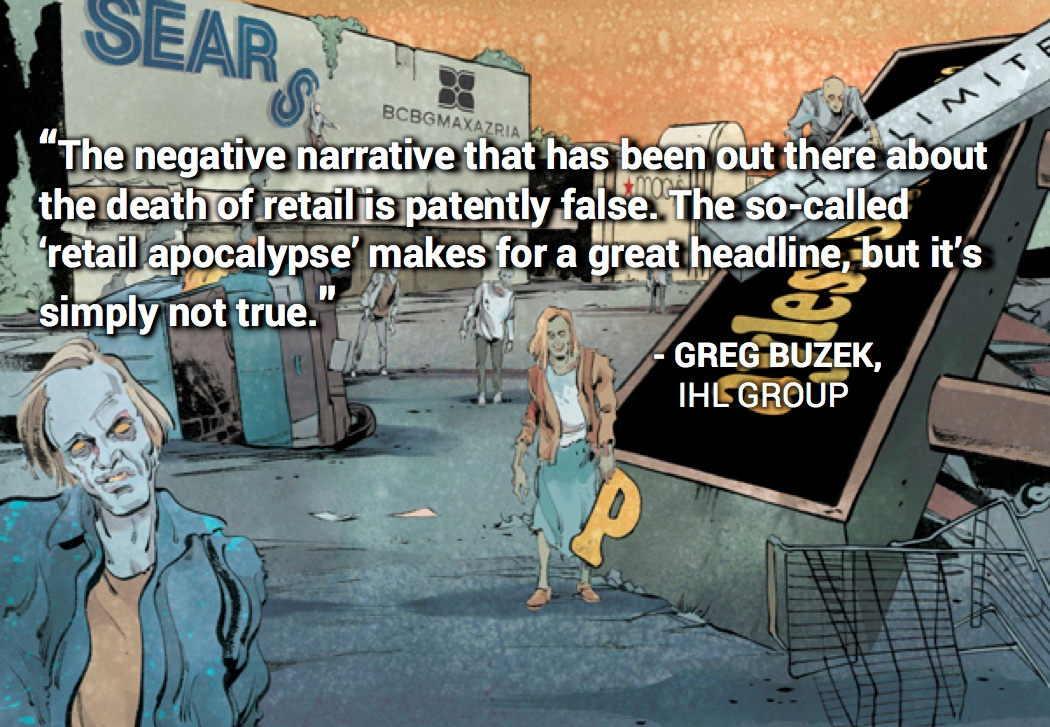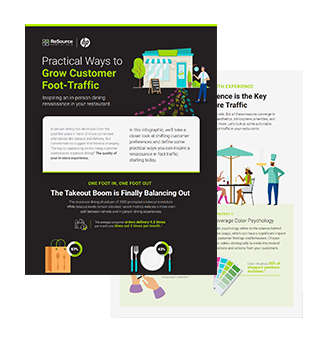How to Survive the ‘Retail Apocalypse’ with POS Systems
With the recent bankruptcy filing at Toys “R” Us, it is becoming harder to ignore what many are calling the ‘Retail Apocalypse.’ The news of major retailers like Radio Shack, Rue 21, The Limited, BCBG Max Azria among others closing shop has some existing retailers worried they won’t survive this downward spiral.
The Truth is in the Numbers
Although many are blaming the rise of online shopping for the demise of brick-and-mortar stores, the assumption does not reflect the truth. In fact, a report published by IHL, “Debunking The Retail Apocalypse,” reveals US retail has actually grown over $122b in sales this year and over 4,850 more stores are opening than closing among big chains. Once smaller retailers were included, the net gain is 10,000+ new stores!
A Retail Evolution
IHL President Greg Buzek responded to news of the ‘retail apocalypse’ in an official press release stating, “The negative narrative that has been out there about the death of retail is patently false. The so-called ‘retail apocalypse’ makes for a great headline, but it’s simply not true.” He went on to say, “Without question, retail is undergoing some fundamental changes. The days of ‘build it and they will come’ are over. However, retailers that are focusing on the customer experience, investing in better training of associates and integrating IT systems across channels will continue to succeed.” Buzek’s argument against the ‘death of retail’ is made even clearer with online giant Amazon joining in the physical retail space with its purchase of Whole Foods in addition to Apple’s ongoing expansion and success of physical stores boasting 498 stores across 22 countries worldwide as of July 2017. Web search results are yet another advantage to a physical location; when searching via Google, brands with physical locations appear higher than ones with only an online presence. There is also a greater sense of legitimacy and trust associated with a physical store since in this day and age anyone can sell anything online.
Effectively Modernizing Brick-And-Mortar Retail Experiences
In the past, retailers thrived by being transaction-driven and providing customers with aisles of product displays and supplying stores with many cash registers. With the development of online shopping, consumers are becoming more accustomed to quick and seamless transactions, instant gratification, and the ability to search and compare products and prices.
Retailers need to acknowledge this competitor and make a drastic shift to survive this new trend. For example, although Apple stores have far less product at their physical stores than online, they provide the customer with a service that is based on building relationships by offering advice and answers, which can result in repeat customers, upselling and maintaining brand loyalty.
Gear Up For Survival
Successful retailers are moving towards unique personal experiences—this can mean anything from re-training sales associates to moving towards using tablets within stores to keep up face-to-face assistance that cannot be provided online. Reid Greenberg, e-commerce lead researcher at Kantar Retail explained the importance of retailers modernizing their business models to succeed, “It isn’t that retail is dead. Roughly 85-90 percent of retail takes place in brick-and-mortar locations, but bad brick-and-mortar is. These mall-type department stores are faced with many challenges because they aren’t connecting with shoppers in the way they want to be connected with.” He explained, “We are seeing a blurring of the lines between what is really digital and what is brick-and-mortar retail.”
Case Study on NCR Counterpoint at Sporting Goods Retailer: Running Wild
E-commerce brands who are transitioning to brick-and-mortar shops are interlacing digital touch points and apps within their physical locations to create and maintain a unique customer-focused atmosphere. Stores are evolving by bringing on effective retail management systems which not only transform their sales, but also allow inventory management to monitor product popularity as well as making sure inventory is reflecting customer demands.
In addition, products such as NCR’s Counterpoint allows retailers to take advantage of their physical locations with tools like registration platforms to allow businesses to collect important customer data within marketing campaigns. Retailers also look to customer loyalty programs, gift cards and promotions to create a more personal environment and boost brand loyalty.
The Time is Now
As the world of retail is shifting, it is time to ask yourself what your business will do to not only survive, but thrive in the midst of the ‘Retail Apocalypse.’ What changes will you make to your brick-and-mortar store to withstand the undeniable changes of retail? Let us help!

